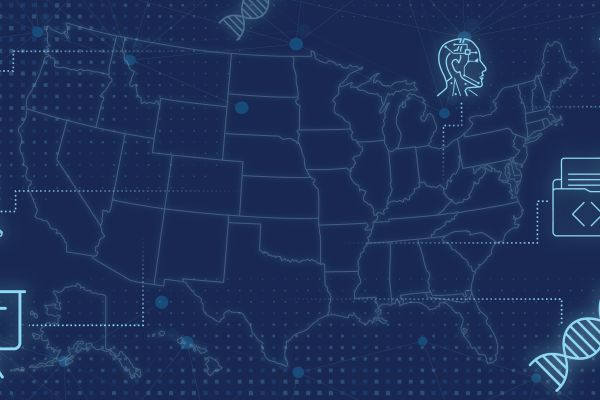Get CISE Email Updates
The U.S. National Science Foundation Directorate for Computer and Information Science and Engineering (NSF CISE) advances the frontiers of knowledge in computer science, information science and computer engineering.
Through fundamental research, cutting-edge innovation and transformative education, NSF CISE empowers discoveries that drive progress across science and society.
CISE supports a wide range of academic institutions, research centers and community-based organizations across the United States and its territories. These investments reach thousands of individuals annually, from K-12 teachers and students to undergraduate and graduate students, postdoctoral researchers and faculty, helping to build a strong, future-ready workforce that meets the global science and innovation demands.
Recent funding opportunities
CISE news
What we support
To achieve its mission, CISE:
Supports America’s growth and global competitiveness
We invest in cutting-edge research and education across all areas of computer and information science and engineering, including breakthroughs in artificial intelligence, chips and semiconductors, and quantum computing.
Fuels American innovation and prosperity
Through strategic partnerships and interdisciplinary collaborations with academia, industry, other federal agencies and communities across the U.S., accelerating technological developments in areas like health, education, advanced wireless research and more.
Bolsters national security
By advancing research and initiatives that enhance the nation's cyberinfrastructure across all scientific and engineering domains. CISE also supports efforts to strengthen the resilience and security of critical areas such as supply chains, digital assets and blockchain technologies.
Builds a future-ready workforce
By equipping American talent with the critical computing and information technology skills necessary for success in an increasingly competitive global market.
Explore CISE
Focus areas
CISE areas supporting NSF priorities.
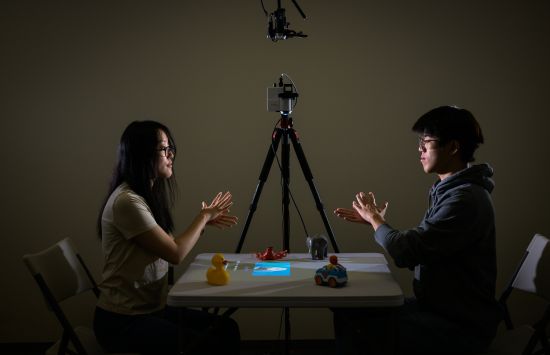
Artificial Intelligence and human-AI teaming
CISE supports AI research in areas such as machine learning, computer vision, natural language processing and robotics, as well as interdisciplinary collaborations to advance AI in areas of national importance and workforce training in AI.
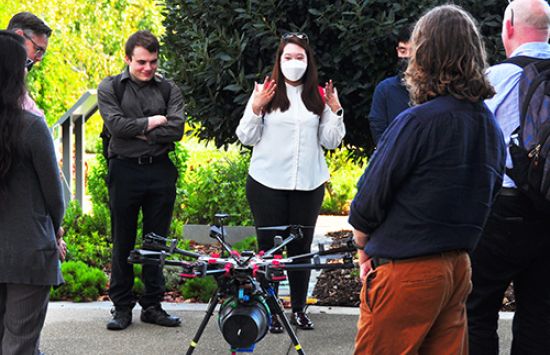
Education and training
CISE supports programs that strengthen computing education at all levels — from k-12 to postdoctoral and faculty training — and help build a strong pipeline of talent in computer and information science.

Quantum computing
CISE invests in foundational and applied research that advances quantum algorithms, programming languages, architectures and systems to help transform computing, communications and cybersecurity and sustain U.S. leadership in quantum innovation.
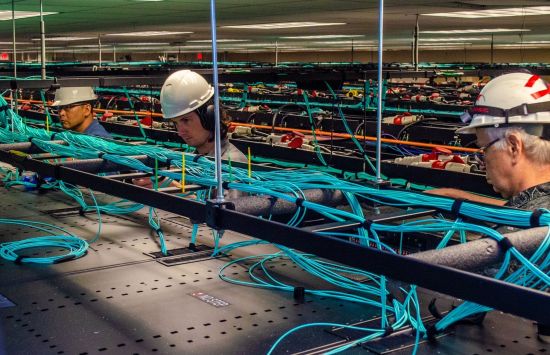
Scalable infrastructure
CISE invests in high-performance computing systems that enable researchers to tackle complex problems in science and engineering at scale — from climate modeling to genomics to AI.

Secure and resilient cyberspace
CISE advances research and applications in cybersecurity to enhance security, privacy and trustworthiness in cyberspace and support innovations that strengthen national cyberinfrastructure resilience.

Semiconductors
CISE promotes interdisciplinary semiconductor research as well as programs to expand access to semiconductor chip design infrastructure, to foster innovation and ensure sustained U.S. leadership in semiconductor research and technology.
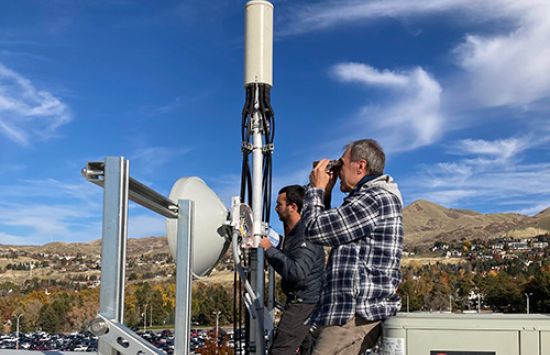
Communications and wireless
CISE supports a portfolio of programs designed to accelerate innovation in next-generation communication technologies including wireless systems that are secure, resilient and capable of leveraging AI to adapt in real time.




